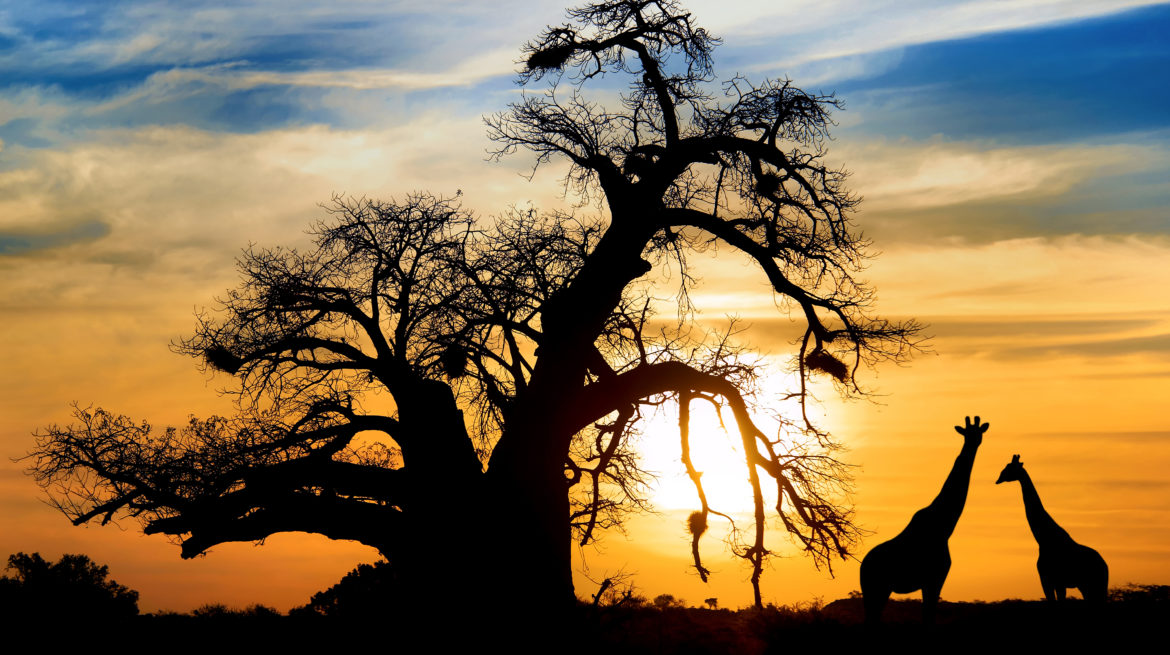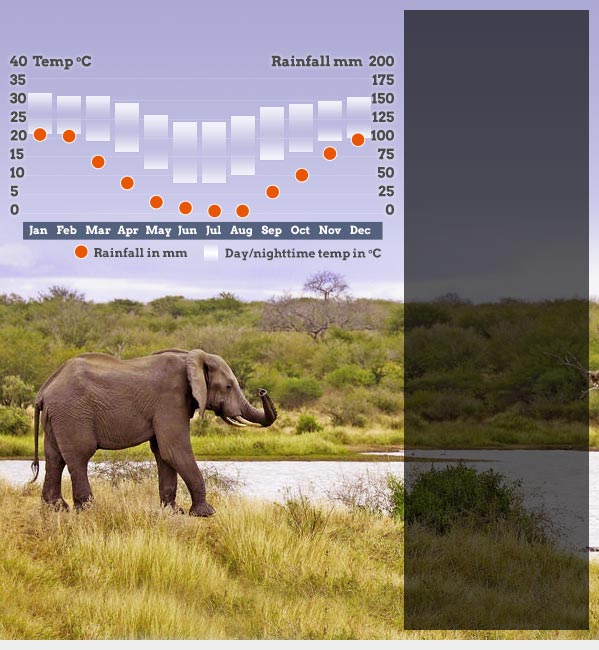Africa’s vast landscapes offer unique safari experiences. Timing your visit is crucial for the best wildlife encounters.
Africa is home to diverse ecosystems, each with its own seasonal rhythms. From the lush plains of the Serengeti to the deserts of Namibia, wildlife patterns shift with the seasons. Knowing when to visit can enhance your safari adventure, providing the chance to witness migrations, births, and dramatic wildlife interactions.
Whether you dream of seeing the Big Five or capturing the Great Migration, understanding Africa’s seasonal cycles will help. This guide explores the best times to visit Africa for safari. You’ll discover how climate, animal activity, and local events play a role in planning the ultimate safari journey. Get ready to embark on an unforgettable adventure.
Dry Season Safaris
Embarking on a safari in Africa during the dry season offers a unique and exhilarating experience. The dry season, spanning from June to October, is the prime time for wildlife viewing. With less water available, animals gather around waterholes and rivers, making it easier to spot them. Clear skies and mild temperatures also enhance the overall safari experience.
Benefits Of Dry Season
The dry season provides excellent visibility for wildlife spotting. Fewer water sources mean animals are more concentrated around rivers and waterholes. This results in higher chances of seeing a variety of species in one location. The sparse vegetation allows for unobstructed views, making it easier to photograph animals.
------------------------------------------------------------
Book Your Next Africa Experience
Book Your Next Africa Experience
------------------------------------------------------------
The pleasant weather during the dry season adds to the enjoyment. With cooler mornings and evenings, safaris are more comfortable. The risk of malaria is lower during this time, as there are fewer mosquitoes. This is particularly important for families with young children.
Top Destinations
The Serengeti National Park in Tanzania is a top destination during the dry season. This period coincides with the Great Migration, where millions of wildebeest and zebras move in search of fresh grazing lands. The Maasai Mara in Kenya also offers incredible wildlife encounters during this time.
Chobe National Park in Botswana is another fantastic choice. Known for its large elephant populations, the park offers boat safaris along the Chobe River. South Africa’s Kruger National Park is ideal for spotting the Big Five. Its well-maintained roads and diverse landscapes make it a favorite among safari enthusiasts.
Wildlife To Expect
During the dry season, expect to see large herds of elephants, especially in Botswana. Lions, cheetahs, and leopards are more visible as they hunt near waterholes. Giraffes, zebras, and various antelope species also frequent these areas.
In the Serengeti and Maasai Mara, witness the dramatic river crossings of the Great Migration. Crocodiles and hippos can often be seen in the rivers, waiting for their next meal. Birdwatchers will delight in spotting numerous bird species that gather around water sources.
In Kruger National Park, the Big Five—lion, leopard, rhinoceros, elephant, and Cape buffalo—are common sightings. The park’s diverse habitats support a wide range of wildlife, offering endless opportunities for unforgettable encounters.

Credit: www.intrepidtravel.com
Wet Season Safaris
When planning a safari in Africa, many travelers overlook the wet season. However, wet season safaris offer unique and captivating experiences that you might not find during other times of the year. This period brings lush landscapes, baby animals, and fewer crowds, making it an excellent choice for those seeking a different kind of adventure.
Advantages Of Wet Season
During the wet season, parks and reserves are less crowded. This means you get more intimate wildlife encounters without the hustle and bustle of peak season tourists. The landscapes are vibrant and green, providing stunning backdrops for your photos.
Another advantage is the abundance of baby animals. Many species give birth during the wet season, offering you the chance to see adorable newborns and witness the circle of life up close.
Best Locations
Some of the best locations for wet season safaris include Botswana’s Okavango Delta, Tanzania’s Serengeti, and Kenya’s Masai Mara. These areas are teeming with wildlife and offer exceptional opportunities for game viewing.
In Botswana, the Okavango Delta transforms into a lush paradise, attracting a variety of animals. The Serengeti in Tanzania is known for its migration patterns, and the wet season is prime time to see large herds of wildebeest and zebras.
Unique Wildlife Experiences
Wet season safaris offer unique experiences that are hard to find during other times of the year. You can witness dramatic thunderstorms, which add a thrilling element to your adventure. The rain also brings out different animal behaviors.
Bird watching is particularly rewarding during the wet season. Migratory birds flock to the area, making it a paradise for bird enthusiasts. Additionally, the lush vegetation makes it easier to spot smaller creatures that might be hidden during the dry season.
Have you ever considered the benefits of a wet season safari? The next time you plan your trip to Africa, don’t overlook this incredible opportunity.
Shoulder Season Safaris
Exploring Africa during the shoulder season can be an extraordinary experience. This period, nestled between peak and off-peak seasons, offers a unique blend of benefits for safari enthusiasts. You might find fewer crowds, better prices, and still enjoy remarkable wildlife encounters. But is this timing right for your safari adventure?
Pros And Cons
Pros:
- Fewer tourists mean you can enjoy a more intimate experience with nature.
- Accommodation and tours often come at discounted rates.
- Weather can be pleasant, avoiding extremes.
Cons:
- Some animals may be harder to spot as they disperse after the rains.
- Not all safari parks offer year-round accessibility.
- Weather can be unpredictable, affecting travel plans.
Ideal Safari Spots
During the shoulder season, destinations like Kenya’s Maasai Mara and South Africa’s Kruger National Park stand out. These spots offer great wildlife viewing opportunities without the peak season rush.
In Tanzania, Serengeti National Park is also a fantastic choice. The shoulder season means fewer vehicles crowding your view, allowing for serene wildlife watching.
Consider Botswana’s Okavango Delta for incredible bird watching, as migratory birds begin to appear during these months.
Wildlife Viewing Opportunities
------------------------------------------------------------
Book Your Next Africa Experience
Book Your Next Africa Experience
------------------------------------------------------------
What can you expect in terms of wildlife? The shoulder season can be a rewarding time to see newborn animals. Imagine witnessing a baby elephant taking its first steps!
Predator activity, such as lions and cheetahs hunting, can be more visible due to sparser vegetation. This offers thrilling photographic moments.
Don’t forget about bird watching! As the rain subsides, many species begin their nesting season, providing unique sights for bird enthusiasts.
Ultimately, the shoulder season is about balancing advantages with potential setbacks. Is the promise of fewer crowds and lower costs appealing to you? If so, this could be the perfect time for your African safari adventure.
:max_bytes(150000):strip_icc()/when-to-go-on-safari-1454115-FINAL-5be5ad46c9e77c00260b8084.png)
Credit: www.tripsavvy.com
Regional Differences
Exploring Africa on safari is an unforgettable experience. Each region offers unique wildlife sightings and landscapes. Understanding the regional differences helps plan the best time to visit. From the vast plains of East Africa to the rich biodiversity in Southern Africa, each region has its prime safari season.
East Africa
East Africa, including Kenya and Tanzania, is famous for the Great Migration. The best time for safari is during the dry season from June to October. Wildlife gathers around water sources, making it easier to spot. The weather is comfortable, and the landscapes are stunning. Witnessing the migration of wildebeests is truly breathtaking.
Southern Africa
Southern Africa, with countries like South Africa and Botswana, offers diverse safari experiences. The dry season from May to October is ideal for wildlife viewing. Animals are more visible as they congregate near waterholes. The landscapes are less dense, enhancing visibility. Explore the Kruger National Park or the Okavango Delta for rich wildlife encounters.
West Africa
West Africa is less known for safari but holds unique treasures. Countries like Ghana and Senegal offer distinct wildlife experiences. The best time is during the dry season, from November to April. Wildlife is easier to spot and the weather is pleasant. Though less traditional, West Africa provides cultural richness alongside safari adventures.
Top Safari Experiences
Experience Africa’s top safaris during the dry season, from June to October. Wildlife is easier to spot near water sources. Cooler temperatures make the adventure more enjoyable.
When planning a safari in Africa, timing is everything. The continent offers a variety of breathtaking experiences that can make your trip unforgettable. Knowing the best time to visit can enhance your safari adventure, giving you access to some of the most awe-inspiring wildlife spectacles. Below, we explore the top safari experiences you should consider.The Great Migration
The Great Migration is a must-see event. Picture millions of wildebeest, zebra, and gazelles moving across the Serengeti and Maasai Mara. It’s a spectacle that happens between July and October. This period offers the best chance to witness dramatic river crossings and predator encounters.Big Five Sightings
Seeing the Big Five—lion, leopard, elephant, buffalo, and rhino—is a dream for many. The dry season, from June to October, is ideal for these sightings. Water sources become scarce, making it easier to spot these majestic creatures as they come out to drink. You can catch excellent views in South Africa’s Kruger National Park and Tanzania’s Ngorongoro Crater.Bird Watching Safaris
If you’re a bird enthusiast, Africa won’t disappoint. The best time for bird watching is during the wet season, from November to April. This period coincides with the breeding season, offering the chance to see vibrant plumage and fascinating mating rituals. Uganda and Botswana are top spots for diverse bird species. When planning your safari, ask yourself: What kind of experience do you want? Whether it’s witnessing the raw power of the Great Migration, the majestic presence of the Big Five, or the colorful spectacle of bird watching, Africa has it all. Make sure to choose the right time to maximize your adventure.
Credit: www.responsiblevacation.com
Tips For Planning Your Safari
Visiting Africa for a safari offers an unforgettable experience. The best time to explore is during the dry season, from June to October. Wildlife viewing is superb, with animals gathering around waterholes.
Planning a safari in Africa is an exciting adventure, but it requires careful consideration and preparation to ensure a memorable experience. Whether you’re a seasoned traveler or a first-time explorer, these tips will help you plan the perfect safari trip. ###Choosing The Right Time
Timing is crucial for a successful safari. The best time to visit Africa for a safari is during the dry season, which typically runs from June to October. During this period, animals congregate around waterholes, making it easier to spot them. However, consider your specific interests. For example, if you want to witness the Great Migration in Kenya or Tanzania, plan your trip between July and September. Research the specific regions you plan to visit, as weather patterns and wildlife behavior can vary. ###Booking And Preparation
Early booking is key. Safaris are popular, and the best lodges and tour packages can fill up quickly, especially during peak season. Aim to book at least six months in advance. Choose reputable tour operators. Look for companies with excellent reviews and experienced guides. They will enhance your safari experience with their expertise and knowledge. Don’t forget about the necessary vaccinations and travel insurance. Consult your doctor for recommended vaccinations and ensure your travel insurance covers safari activities. ###What To Pack
Pack light but smart. Neutral-colored clothing is ideal to blend with the environment and avoid attracting insects. Lightweight, breathable fabrics will keep you comfortable in the heat. Don’t forget essentials like a good pair of binoculars, a camera with extra batteries, and memory cards. A hat, sunglasses, and sunscreen are must-haves to protect you from the sun. Comfortable walking shoes are crucial. You might not do much walking, but when you do, you’ll want your feet to be happy. Lastly, bring a small first aid kit with basic supplies like band-aids, antiseptic wipes, and any personal medications you need. Planning your safari with these tips in mind will help ensure you have an unforgettable adventure. What are you most excited to see on your safari?Frequently Asked Questions
What Is The Best Month To Go On An African Safari?
June to October is ideal for an African safari. Wildlife is easier to spot during dry season. Animals gather near water sources, enhancing viewing opportunities. Clear skies and pleasant temperatures make it perfect for exploring. Popular destinations include Kenya, Tanzania, South Africa, and Botswana.
Always check local conditions before booking.
What Month Is Best To Visit Africa?
The best time to visit Africa varies by region. Generally, June to October offers ideal wildlife viewing in many areas. During this period, you can enjoy pleasant weather and witness the Great Migration in East Africa. Always consider specific regional climates when planning your trip.
Which African Country Is Best For Safaris?
Kenya is the best African country for safaris. It offers diverse wildlife, stunning landscapes, and famous national parks like Masai Mara.
Is Kenya Or Tanzania Better For Safari?
Both Kenya and Tanzania offer fantastic safari experiences. Kenya is famous for the Maasai Mara and the Great Migration. Tanzania boasts the Serengeti and Ngorongoro Crater. Choose based on your interests and preferred wildlife experiences.
Conclusion
Africa offers stunning safari experiences year-round. Each season has unique highlights. Dry season, from June to October, is perfect for wildlife viewing. Wet season, November to April, brings lush landscapes and baby animals. Choose the best time based on your interests.
Remember, planning ahead ensures a memorable safari. Prepare well, pack right, and embark on this adventure. Africa awaits with open arms and unforgettable sights. Enjoy your safari journey!


